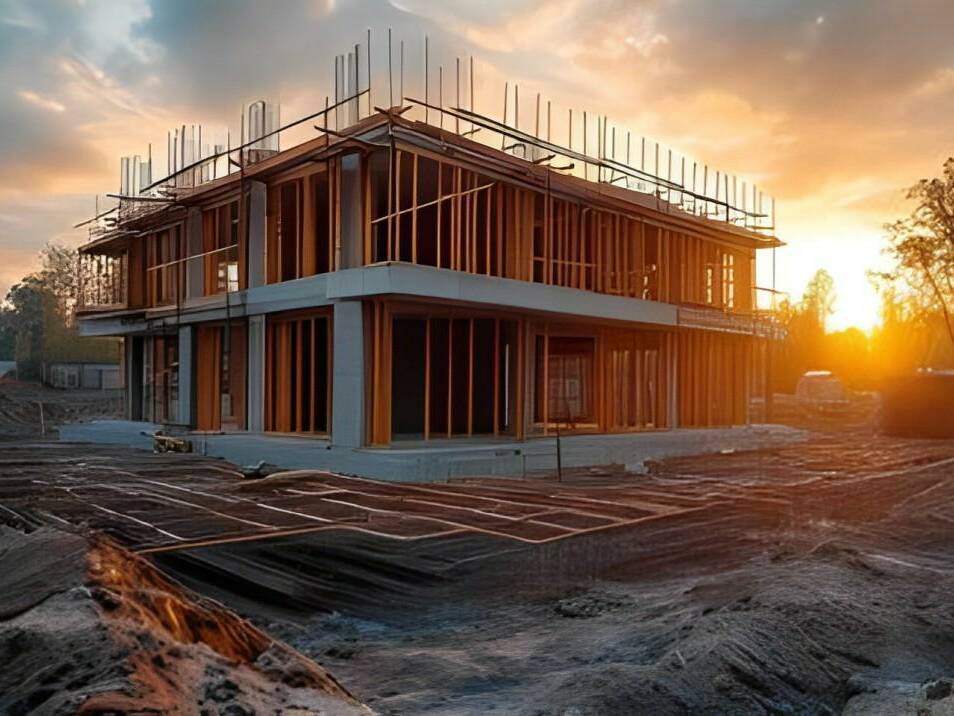Insights
Emerging Trends in Kenya Real Estate Market for the Year 2016
The Kenyan real estate market has over the last years outperformed other forms of investments. House prices have increased threefold in the time period. Understanding the real estate market gives you an upper hand when making an investment decision.

The Kenyan real estate market has over the last years outperformed other forms of investments. House prices have increased threefold in the time period. Understanding the real estate market gives you an upper hand when making an investment decision. As an investor, a keen watch on the trends in the real estate market is not an option. Some of the trends in the Kenyan real estate market include the following;
Global Interest
Global investors are seriously looking at Kenya and the entire continent of Africa as a key market for real estate investment. Investors and developers are targeting Kenya real estate as one of the key emerging markets, which has been influenced by impressive prospects of returns. Demographic shifts and changes in consumer behavior are some of the drivers of property demand in Kenya, therefore encouraging investors from overseas to enter into the Kenyan property market, what researchers are calling “the African growth story”. A report by PWC indicates that over the past decade, African economic output has more than tripled, which is one of the many reasons Africa holds the greatest overall investment potential for all frontier markets globally.
Suburban living
Within the coming year, many families are choosing to vacate heavily urbanized centres and ultimately opting for a more suburban living setting. Residents are looking for neighborhoods that have the suburb feel without the intensity of the high-density urban centres. However they are not ready to give up the big city perks altogether therefore providing an opportunity for the growth of suburban neighborhoods. Advertised land prices in Nairobi’s nine fastest-growing suburbs have since increased five-fold since 2007. According to the Hass Property Index, growth was the most pronounced in the Upperhill and Kileleshwa neighborhoods, where prices soared by 789% and 614%, respectively. Land in Upperhill is now the most expensive in the city, averaging KSh470m ($5.01m) per acre.
Growth in Housing Demands
Due to the increased need for both urban and suburban living, construction of multiple family property are beginning to rise. Builders are developing properties with an end goal of offering more value to buyers. Positioning new construction at more affordable price points is seemed necessary to meet the demand for first-time home owners, as well as the steady demand for rental units. Real estate investors are banking on the growing demand for residential and commercial developments in Kenya, thanks to urbanisation and growth of the middle-class. There has been an increased demand for middle-income and affordable housing in Nairobi, which research estimates to be at 200,000 units annually. This makes reducing the housing deficit a priority for the government, which has pledged to construct 300,000 affordable housing units by 2017.
Stricter lending Policies
The cost of investing in Real estate will increase overtime according to the latest property index. This shall be attributed by a number of economic bottleneck factors, major ones being high interest rates and low income/wages. The increase in property prices has attracted significant interest from the banking sector, therefore prompting the Kenya Bankers’ Association (KBA) to launch its own house price index (HPI) for measuring and monitoring the real estate development in February 2015 to monitor its financing and lending risks.
Satellite towns
The growth of satellite towns is likely to increase in the coming years. The growth of towns like Ruaka, Mlolongo & Athi River have been driven by government investment in infrastructure and expanding middle class looking for affordable housing. Land prices in prominent areas in the city like, Muthaiga, and Lang’ata, have dropped marginally by 0.2 per cent between January and March 2016, main attribute to this being a shift by land investors to satellite towns.
Oversupply of Commercial Space
The growing demand for office space in Nairobi has been accredited to expanding firms and multinationals in the capital. Mombasa road, a major office node is currently experiencing oversupply of office space and continues to suffer high vacancy rates and depressed rentals due to traffic congestion, as research indicates. Experts predict that the current over supply of offices in places like Upperhill will lead to 19 per cent of the total stock of new buildings delivered since 2009 lying vacant by end of 2016.Most new office buildings due for completion are on the outskirts of Nairobi. A report by Mentor Management Ltd (MML) office says the oversupply of office space could take the market over four years to absorb.
Writer of the Article:
This Article is written by Buildafrique Consulting Group, Kenya multi-disciplinary consultancy, that offers END-TO-END DEVELOPMENT CONSULTANCY, REAL ESTATE, and PROJECT FINANCE solutions through specialized subsidiaries. Among our solutions includes:
- Feasibility Studies and Market Research.
- Project Finance and Capital Raising.
- Joint Venture & Finance Structuring.
- Project Management.
- Investment Design Appraisal.
- Quantity Surveying
- Construction Cost Consultancy
- Physical Planning and Planning Permissions
- Environmental Management and Impact Assessment
- Real Estate Development and Structured Investment Solutions
- Property Valuation
- Marketing and Property Sales Agency
- Property Management and Facility Management
Our Report:
- Office: Navigators, Kindaruma Road, Nairobi.
- Website: buildafrique.com
- Email: info@buildafrique.com
- Tel: +254 20 8058493 / Mobile: +254 722 474285
Related
Insights
Project Finance, Real Estate Financing, and Capital Pooling Company in Kenya
Buildafrique Group is a Kenya Capital Pooling Real Finance and Project Financing Company…
Environmental Impact Assessment (EIA) Experts in Kenya – Nairobi, Thika, Nakuru, Mombasa, and Kisumu
Buildafrique is a Environmental Impact Assessment (EIA) Expert Consulting Company in…
Quantity Surveyors And Construction Cost Consultants Company in Kenya
Buildafrique are Quantity Surveyors and Construction Cost Consultancy Company in Nairobi…
Construction Project Management Consultant Company in Kenya
Buildafrique Group - a Construction Project Management Consultant Company in Kenya with…







